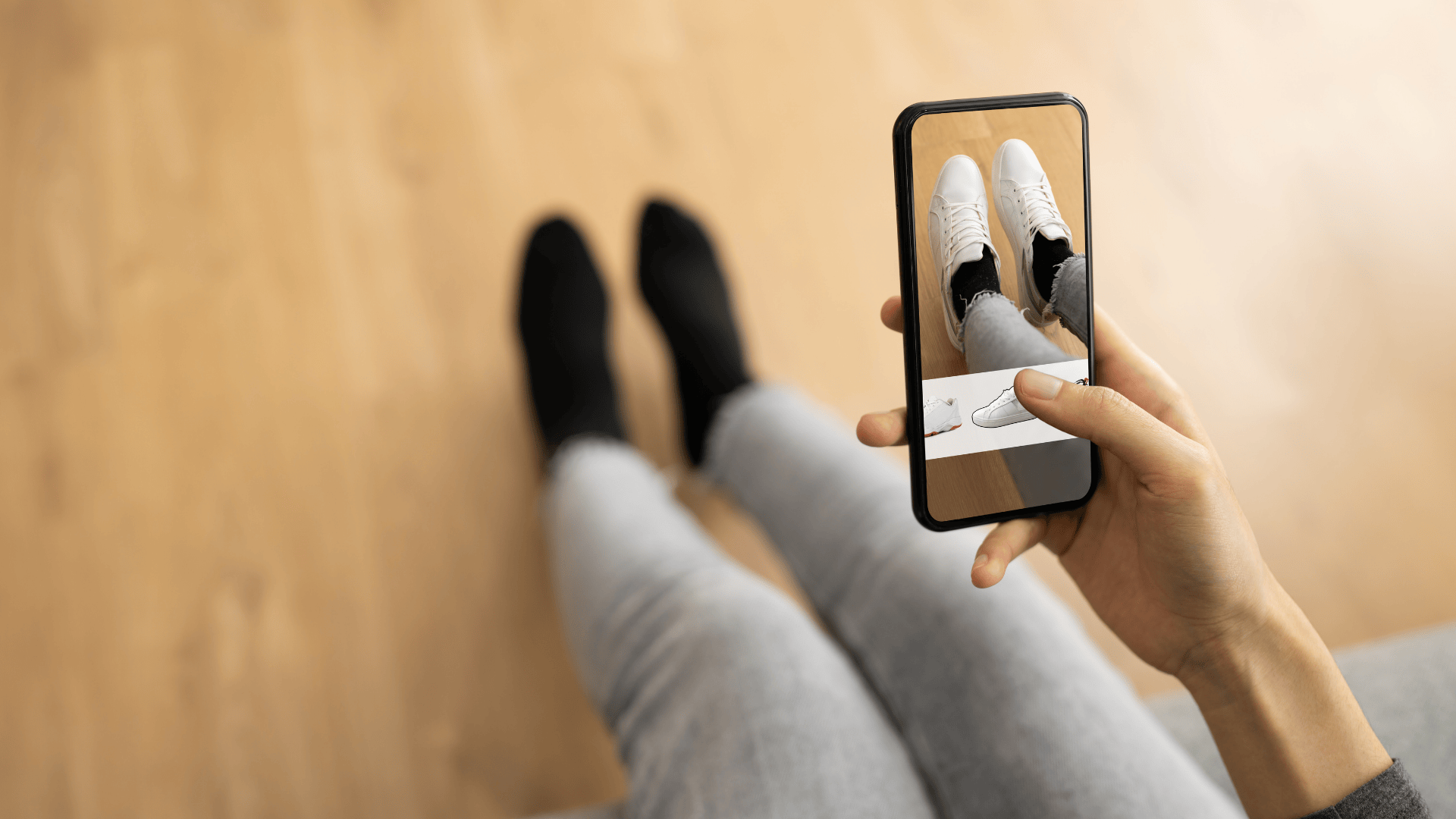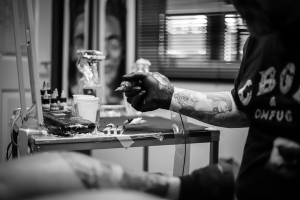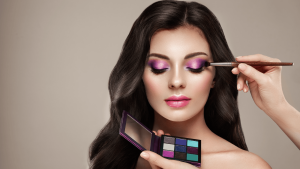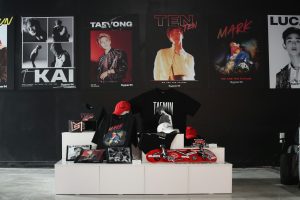Introduction: Fashion Meets Artificial Intelligence
The fashion industry has always been at the cutting edge of innovation, from haute couture craftsmanship to futuristic runway presentations. In 2025, Artificial Intelligence (AI) is driving the next big leap: AI-powered virtual try-ons. These technologies allow shoppers to “try” clothes, accessories, and even cosmetics in real time without setting foot in a store.
According to a McKinsey 2024 report, virtual try-on technologies could boost online fashion sales by 30% and reduce returns by 40%, reshaping e-commerce forever.

AI-Powered Virtual Try-Ons: The Future of Online Shopping
How AI Virtual Try-Ons Work
Computer Vision and Body Mapping
AI-powered try-ons use advanced computer vision and 3D body-mapping algorithms to create a digital twin of the shopper. This allows clothes or accessories to be virtually “fitted” with impressive accuracy.
Augmented Reality Integration
Augmented Reality (AR) overlays garments directly on a user’s live camera feed. Combined with AI, it adjusts textures, shadows, and proportions to create a realistic experience.
Expert Insight: Researchers at MIT Media Lab note that AI-driven AR systems reduce visual distortion by up to 70%, making digital try-ons far more convincing than earlier prototypes.
Benefits for Shoppers and Brands
Reduced Returns and Waste
Returns are a major issue in fashion e-commerce, with 20–30% of clothing purchases sent back. Virtual try-ons help shoppers make better decisions, cutting costs for retailers and reducing environmental impact.
Personalized Shopping Experiences
AI learns individual preferences—style, size, and even color psychology—to suggest items most likely to appeal to each shopper. This personalization fosters customer loyalty and boosts conversion rates.
Accessibility and Inclusivity
AI-powered systems allow shoppers of all body types, abilities, and backgrounds to see how fashion fits them personally, breaking away from the “one-size-fits-all” approach.
Current Leaders in AI Virtual Try-Ons
Zara and H&M
Fast-fashion leaders are already investing in AI-based fitting rooms, both online and in-store. These systems enhance engagement while streamlining operations.
Luxury Brands
Gucci and Louis Vuitton are experimenting with AR try-ons for handbags, shoes, and sunglasses. Luxury shoppers benefit from immersive experiences that bridge online and offline worlds.
Tech Giants and Startups
Companies like Snapchat, Amazon, and emerging startups are pioneering scalable AI-try-on platforms. These solutions integrate with mobile apps and web browsers for seamless shopping.
Beyond Fashion: Expanding Use Cases
Beauty and Cosmetics
AI virtual try-ons aren’t limited to clothes. L’Oréal and Sephora allow customers to test makeup shades digitally, reducing the guesswork in online beauty shopping.
Eyewear and Accessories
Warby Parker’s AI tool helps shoppers try on glasses virtually, ensuring the right fit and style before purchasing.
Furniture and Lifestyle Products
Retailers like IKEA extend the concept by letting shoppers visualize furniture in their own living spaces—showing that AI-powered try-ons are shaping more than fashion.
In the same way that AI study platforms such as Overchat Homework Helper simplify learning by breaking down complex problems into manageable steps, AI-powered virtual try-ons simplify decision-making in shopping. They remove uncertainty, making the process more transparent and user-friendly.
Challenges and Ethical Considerations
Data Privacy
Virtual try-ons require body scans and facial data, raising concerns about how this sensitive information is stored and used.
Digital Divide
While AI try-ons are powerful, they rely on smartphones with strong processing power and internet access—leaving some consumers behind.
Authenticity vs. Reality
Overly polished AI try-ons can create unrealistic expectations. Experts recommend balancing digital enhancement with transparency to avoid customer disappointment.
Expert Perspectives on the Future
Short-Term (2025–2030)
Expect mass adoption across e-commerce platforms. Retailers will integrate AI try-ons as a standard feature, just like size charts today.
Medium-Term (2030–2040)
With advancements in haptic feedback, shoppers may actually feel textures digitally, blurring the line between physical and virtual shopping.
Long-Term (Beyond 2040)
Fashion experts predict a fully immersive metaverse marketplace, where AI, AR, and VR merge to deliver hyper-personalized and interactive fashion experiences.
Expert Comment: As Dr. Kate Abnett from the London College of Fashion notes, “Virtual try-ons won’t replace the tactile joy of fashion, but they will redefine convenience and accessibility in ways we’ve never seen before.”
Conclusion
AI-powered virtual try-ons represent a turning point in the evolution of e-commerce. They reduce returns, personalize shopping, and make fashion more inclusive. While challenges like privacy and digital accessibility remain, the potential benefits are too significant to ignore.
As technology matures, shoppers will experience fashion in ways that combine the creativity of design with the intelligence of AI—bringing the fitting room directly into their homes.
Himani Verma is a seasoned content writer and SEO expert, with experience in digital media. She has held various senior writing positions at enterprises like CloudTDMS (Synthetic Data Factory), Barrownz Group, and ATZA. Himani has also been Editorial Writer at Hindustan Time, a leading Indian English language news platform. She excels in content creation, proofreading, and editing, ensuring that every piece is polished and impactful. Her expertise in crafting SEO-friendly content for multiple verticals of businesses, including technology, healthcare, finance, sports, innovation, and more.











